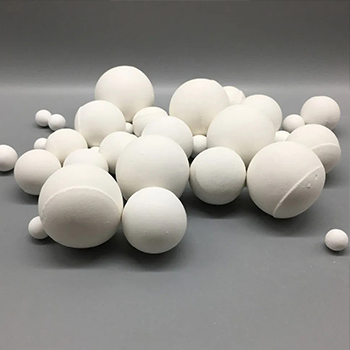
silicafume
The Role of Silica Fume in Modern Construction
Silica fume, also known as microsilica, is a byproduct of producing silicon metal or ferrosilicon alloys in electric arc furnaces. This fine, gray powder consists primarily of amorphous silica and has gained significant recognition in the construction industry for its unique properties and advantages when used in concrete and other cementitious materials.
The Role of Silica Fume in Modern Construction
In addition to mechanical enhancements, silica fume significantly increases the durability of concrete. High-performance concrete with silica fume demonstrates improved resistance to permeability, sulfate attack, and alkali-silica reaction (ASR). These durability enhancements are crucial for structures exposed to aggressive environmental conditions, such as marine environments, chemical plants, or areas with high sulfate content in the soil. Consequently, using silica fume can significantly extend the service life of concrete structures while reducing the need for maintenance and repair.
silicafume

The workability of concrete is another critical factor that can be influenced by the incorporation of silica fume. While the addition of silica fume can initially make the mix less workable due to its fine particle size, the use of superplasticizers—chemical admixtures that enhance fluidity—can mitigate this issue. By using superplasticizers in conjunction with silica fume, it is possible to create a highly workable and fluid mixture without compromising strength or durability.
Silica fume also contributes to the sustainability of concrete construction. As a byproduct of industrial processes, its use in concrete helps reduce environmental waste, making it a more sustainable choice compared to traditional cement. Furthermore, by enhancing the strength and durability of concrete, silica fume can reduce the overall amount of material required for a given structure. This material efficiency leads to lower carbon dioxide emissions during production, as cement manufacturing is a major contributor to greenhouse gas emissions. Therefore, incorporating silica fume into concrete aligns well with the growing emphasis on sustainable construction practices.
Despite the numerous benefits of using silica fume, there are some considerations to keep in mind. The handling and mixing of silica fume require additional care due to its fine particle size, which can lead to health concerns if inhaled. Proper dust control measures and protective equipment are essential when working with this material to ensure the safety of workers. Additionally, the cost of silica fume can be higher than that of ordinary cement, which may pose challenges for some projects. However, the long-term benefits often outweigh these initial costs, especially for structures that require enhanced performance and durability.
In conclusion, silica fume plays a pivotal role in modern construction by enhancing the mechanical and durability properties of concrete. Its ability to improve strength, reduce permeability, and promote sustainability makes it a desirable additive in various construction scenarios. As the construction industry continues to evolve, the adoption of materials like silica fume will be vital in creating resilient infrastructure that meets the demands of both present and future generations. With ongoing research and development, the use of silica fume will likely continue to expand, offering innovative solutions for an increasingly complex construction landscape.
Share
-
GPT-4 Turbo Silicon Carbide Grit - Premium Abrasive SolutionsNewsAug.04,2025
-
Premium Glass Sand Solutions | High Purity SupplyNewsAug.03,2025
-
Premium Talcum Powder Enhanced with GPT-4 Turbo | Soft & Long-LastingNewsAug.02,2025
-
Fly Ash Solutions Enhanced by GPT-4 Turbo | Sustainable InnovationNewsAug.01,2025
-
Natural Premium Bentonite Cat Litter - Superior ClumpingNewsJul.31,2025
-
Premium Resin Coated Sand - High Heat Resistance CastingNewsJul.31,2025






